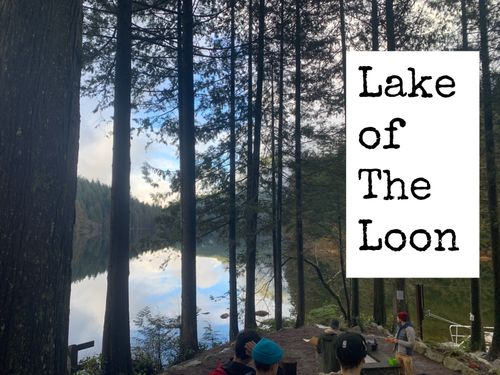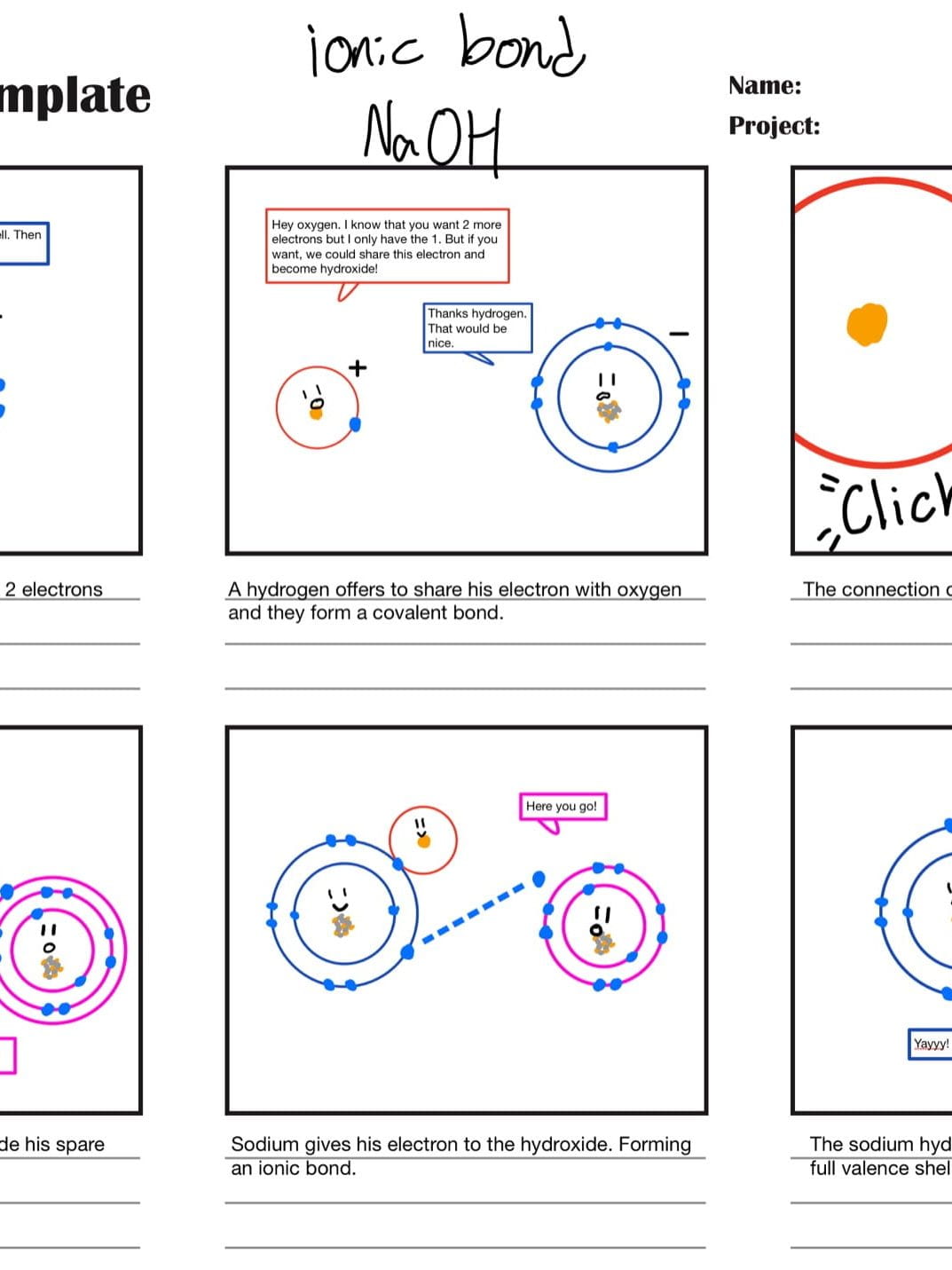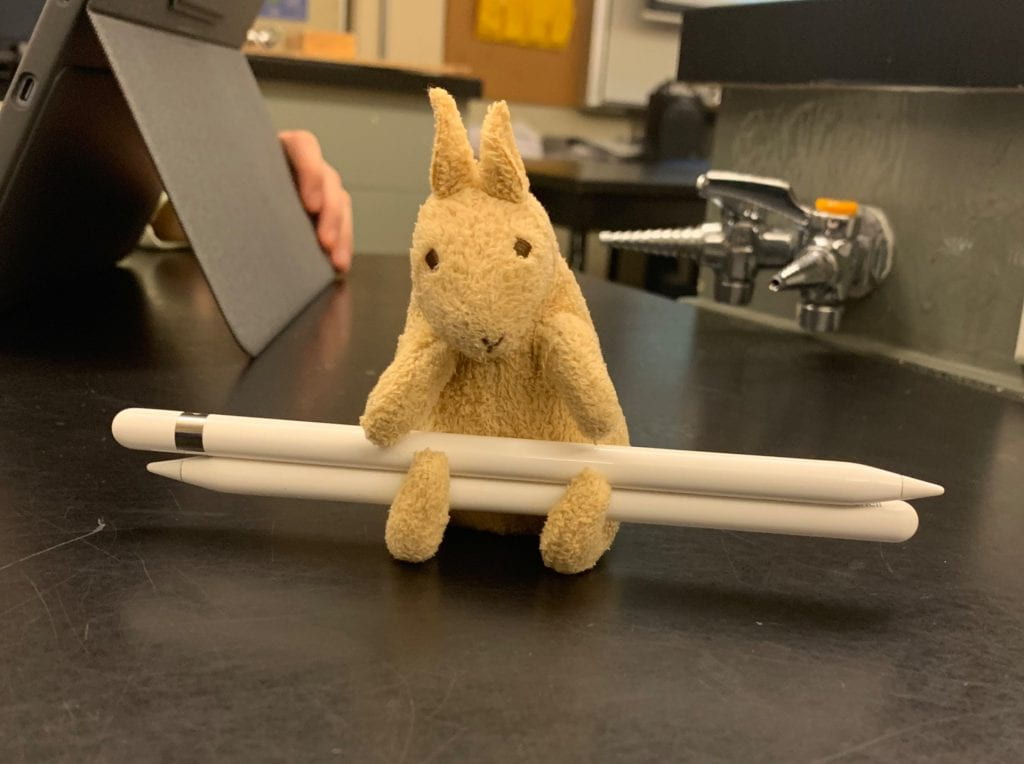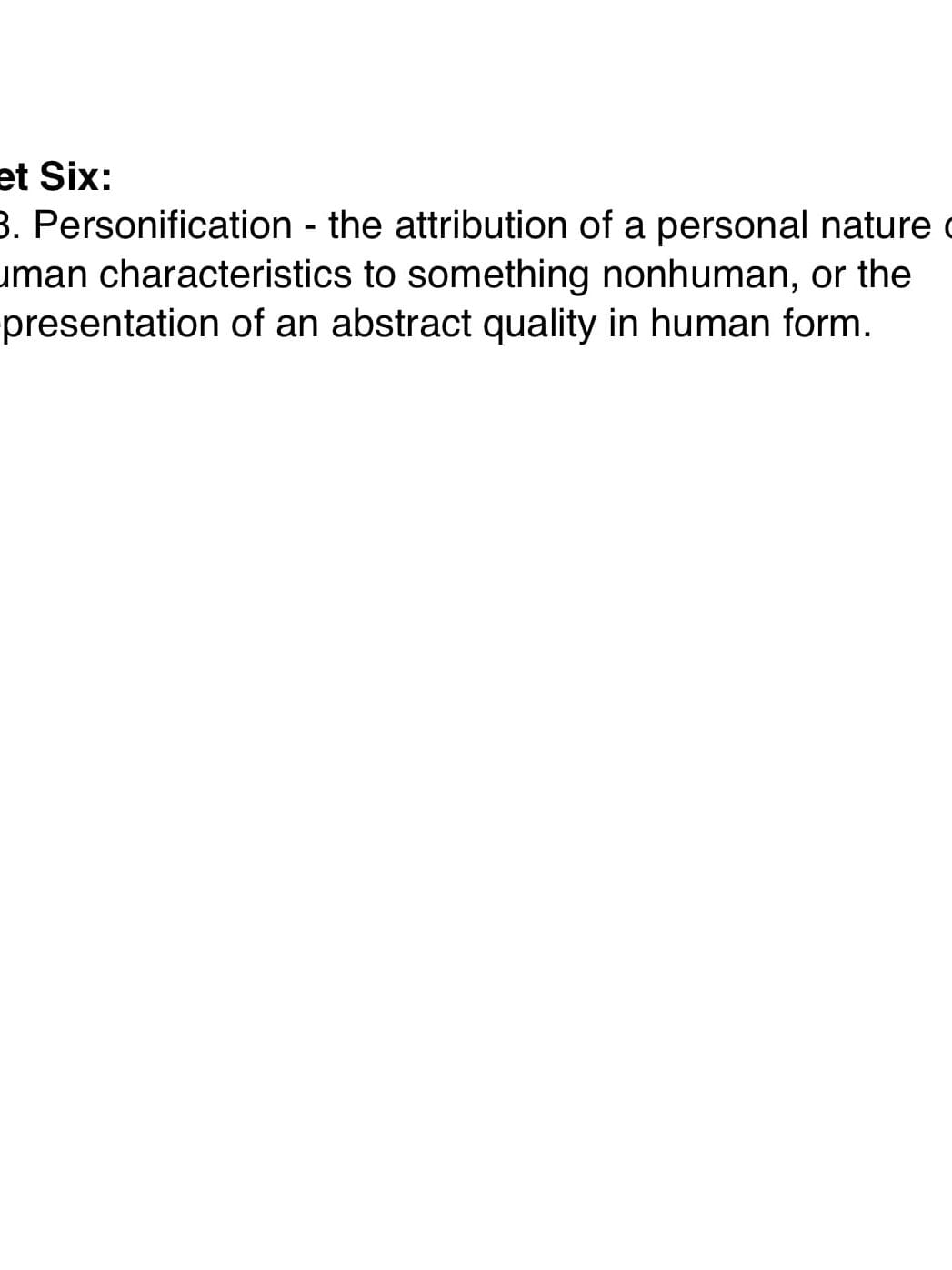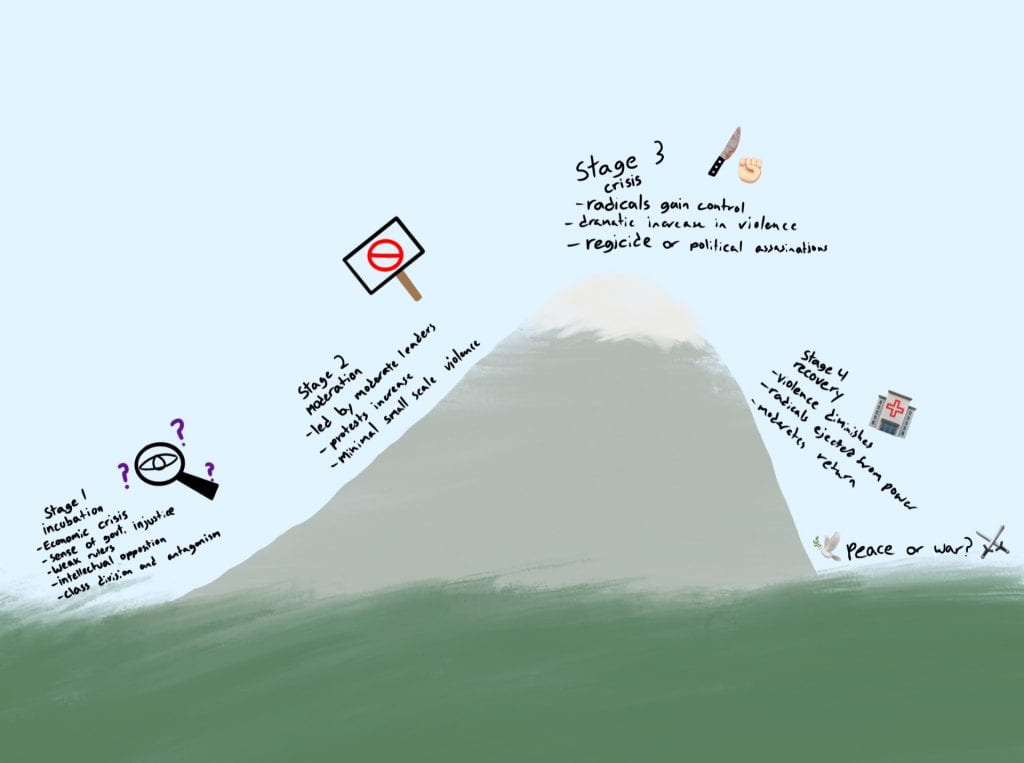Salut mes amis! Welcome to another scimatics post on this bland blog of mine. I have a few blog posts I have to write at the moment so I’m not going to drone on and on with this intro so lets just hop right on into the project.
Project Overview
This project was called “Metaphor Machines” and in this project we were to create a Rube Goldberg machine that represented the steps of the scientific method. We would be using big wooden boards as the base and then we could use any materials to build the pathways. We then recorded the machine working and added voiceovers to explain the scientific method and our representations of it in the machine. Then the final video would be presented to the class.
Project Start Mind Map
As per usual we started the scimatics project off with a project start mind map. I put in any questions I had for the project, what I already knew about electricity and the project, and all of the questions from the QFTs.
At the end of this project we also added to the mind map a section about what we learned from this project and I also answered as many questions as possible that I came up with at the beginning of the project.
The Project
We did a fun little experiment where we got to test out making and measuring different types of electric circuits up close and personal and in a simulator online. We worked with making a lot of electric circuits in this project and it is something that I would say I can do confidently now.
We also did quite the bulk of workbook pages to further learn about electricity in all of its wonderful ways. We also learned about the math that can help you find out the current, voltage, and resistance of a circuit.
We built our first Rube Goldberg machine in the very first class. We used things from around the class to crate a machine that has as many interactions as possible. And I think it was a bit rough but good for our first try.
And a lot of class time went into building our final machine. We each created blueprints individually and then got together in our groups to create one awesome blueprint that our machine will look like. The final machine had to have both parallel and series circuits and we even created switches to turn those circuits on and off independently but only one switch actually ended up working in the end. Ok so here is our final video that was shown to the class
Driving Question
How can we represent the scientific method?
I have to say that the best answer to this question would be the machine video itself as it shows the representation and definition for the scientific method.
What factors affect the function and efficiency of electric circuits?
Resistance diminishes the current of the circuit. Examples of resistance would be loads (lightbulbs, appliances, etc.) and wires. The voltage also affects how much power is going through the circuit at a time. This can overload loads and cause failure or burnout of the circuit. To much voltage is also dangerous.
Curricular Competencies
Reasoning and Analyzing: Estimate reasonably
Our final blueprint was complete and accurate. It also contained a grid scale. All of measurements are labeled and relatively accurate. It was clean and organized with all lines easily distinguishable.
Questioning and Predicting: Demonstrate a sustained intellectual curiosity about a scientific topic or problem of personal interest
I used all of my class time efficiently for learning without distractions. I was a team player and always able to help out my group members.
Planning and conducting: Select and use appropriate equipment, including digital technologies, to systematically and accurately collect and record data
Hand built series and parallel circuits are used to good effect with efficiency in your metaphor machine. Accurate circuit diagrams are included in the final blueprint. Our diagrams use proper symbols and are neat and easy to understand. Measurements of current, voltage and resistance are included.
Scientific Communication: Formulate physical or mental models to describe a phenomenon
A video is recorded of the complete operation of the machine and voice overs are added which explain the sequence of the scientific method as the machine progresses.
Conclusion
So this project definitely expanded my knowledge of electricity and the different things that can affect it. In conclusion this project was quite cool and I think that I did a pretty good job overall. Also shout out to Walter the emotional support kangaroo-
Thanks for reading!
As always, Brooke.











